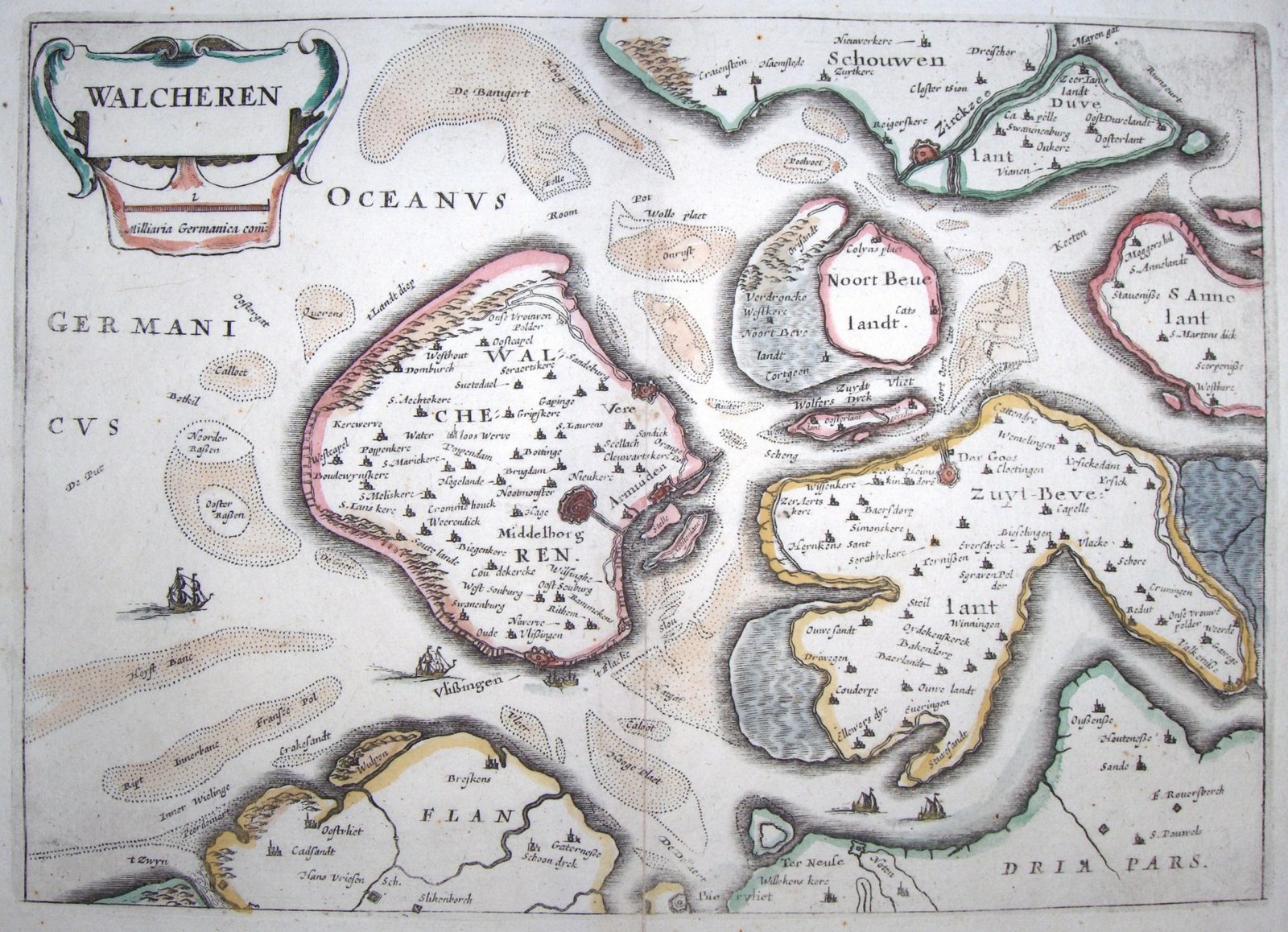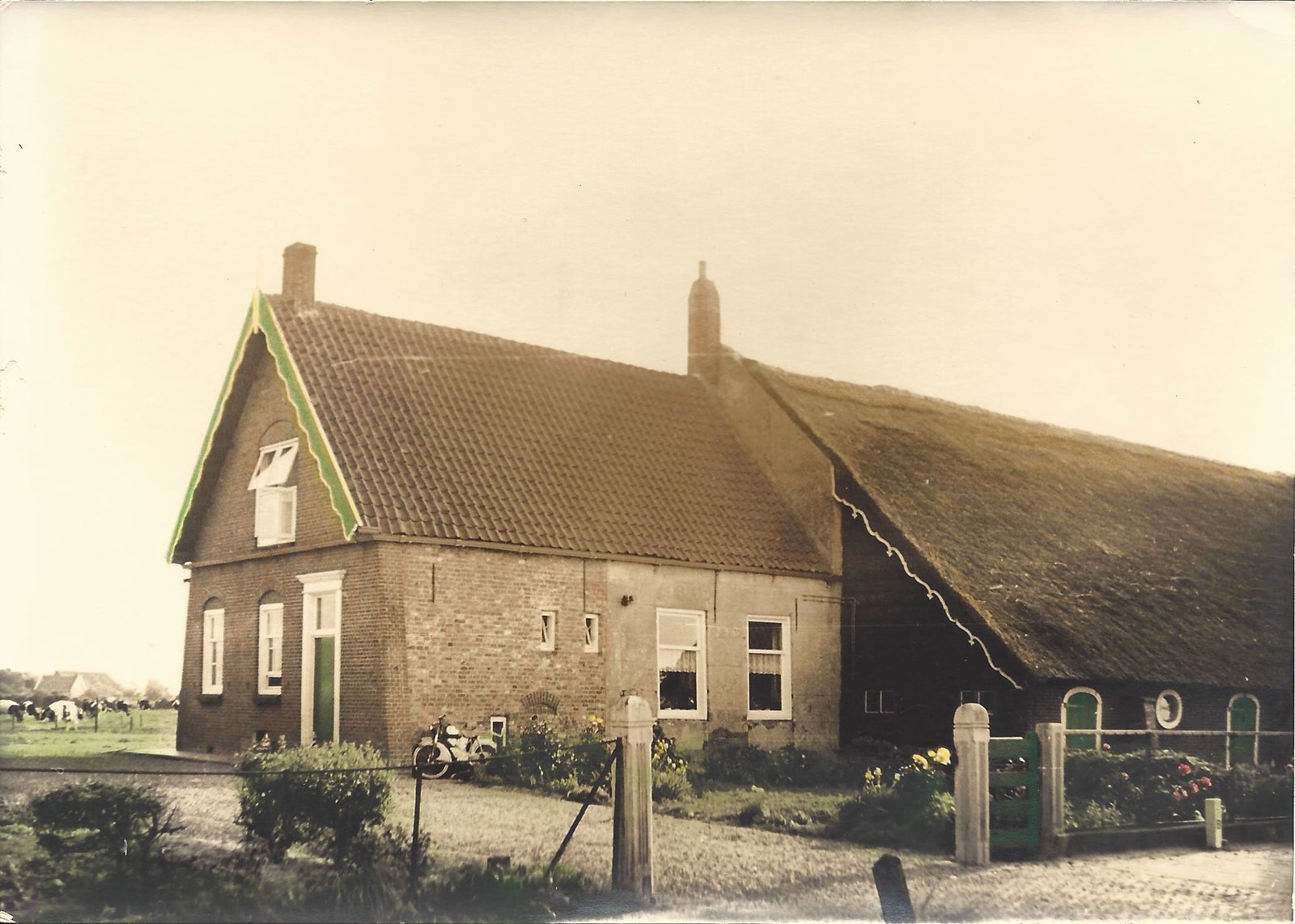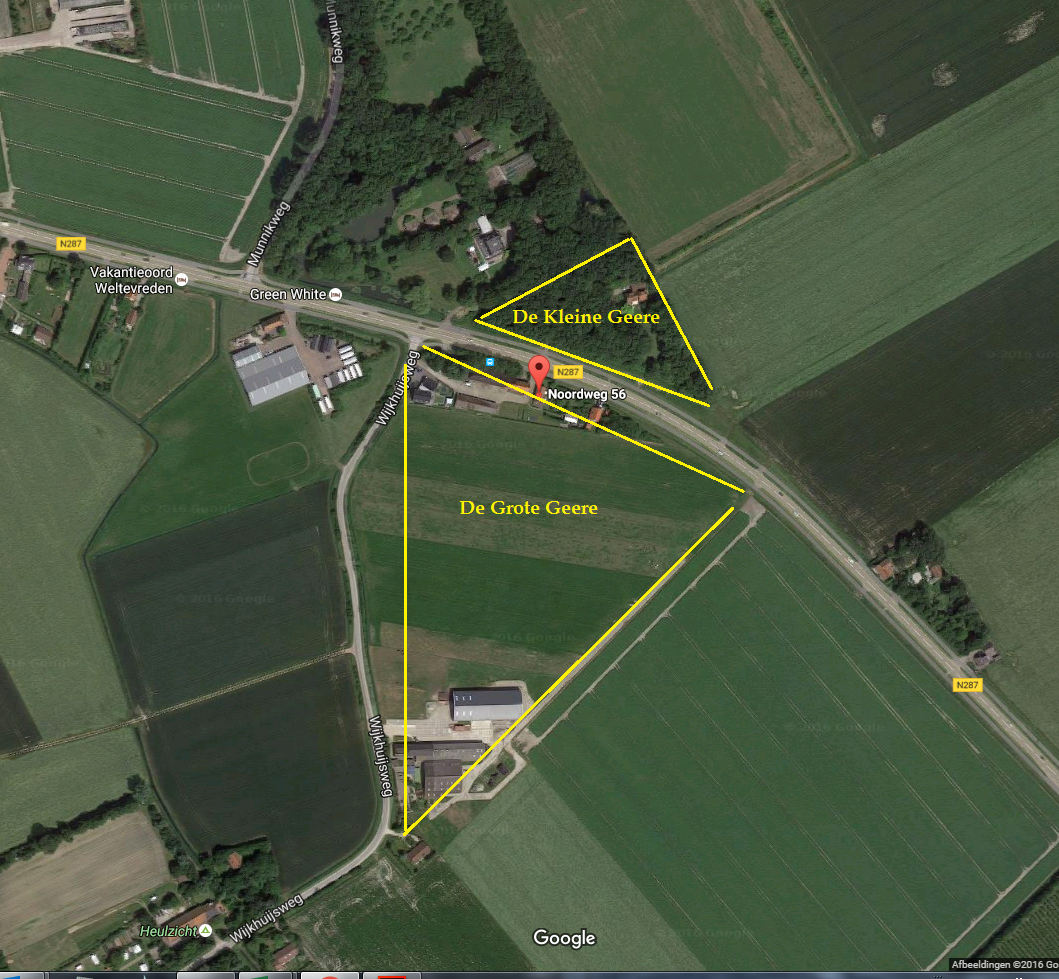
History
- Home
- History
History
"De Grote Geere" farm dates back to the 17th century (ca. 1670). At 35 to 45 hectares, De Grote Geere was a medium-sized farm by Walcheren standards. In the autumn of 1944, prior to the liberation of Walcheren, most of the island was flooded due to the bombing of the seawall. The buildings of De Grote Geere were also affected. In the second half of the 20th century, most of the farm was restored, but the effects of the salty seawater were disastrous, particularly for the historic barn. In 2015, it was therefore decided to largely renovate the barn, taking its authentic shape into account to the greatest possible extent. The residence and the barn now form a single unit again, as originally constructed nearly 350 years ago! In the 1980s, farms in Walcheren were increased in size by combining several farms to form a single, larger farm. This is also what happened with "De Grote Geere" farm. The land was sold to other local farmers and the farm itself was designated for residential purposes.




The name "De Grote Geere":
In previous centuries, roads in polders were not straight (as we currently see in the Zuiderzeepolders, Noordoostpolder and Flevopolder). Roads were mainly built on creek ridges, the highest areas of the island. This means that the roads are not straight, and when the roads are not straight, neither is the adjacent land.
The in-situ photo of De Grote Geere clearly shows that the farm stands in the corner of a triangular plot of land, the corner of Noordweg and Wijkhuijsweg. That makes farming awkward for the farmers. If they have to plough or sow, the long end becomes shorter and shorter and ends at the tip. In Walcheren, they have always called such tapering pieces of land as a "gêêre". In the dialect of Zeeland, the "g" often turns into an "h", so they pronounce it as "hêêre". The plot of land on which the farm is built is fairly large by Walcheren standards. And that is what the farm was named after: De Grôôte Gêêre, which was later "modernised" into De Grote Geere. An interesting additional fact was that a lot of country estates were being built near Oostkapelle, such as Iepenoord, across the road from the farm. In the dialect of Zeeland, the residents of such country estates were referred to as "hrôôte heren" (great lords). As such, the farmer of De Grote Geere was also a "big lord" and he could hold his own with the residents of the surrounding country estates.
Opposite De Grote Geere, at Noordweg, lies a smaller plot of land, consisting of a similar triangle. The house built there is therefore called "De Kleine Geere".


